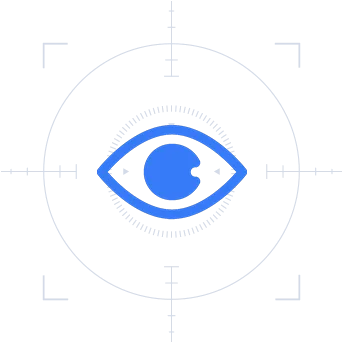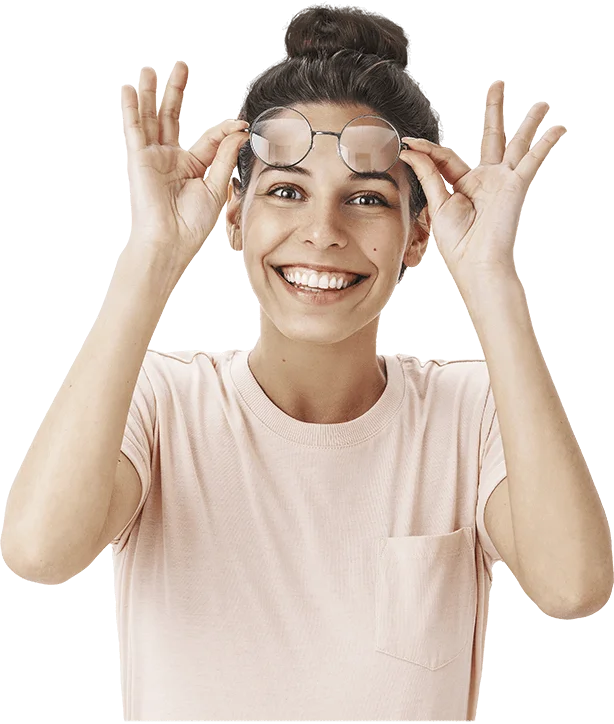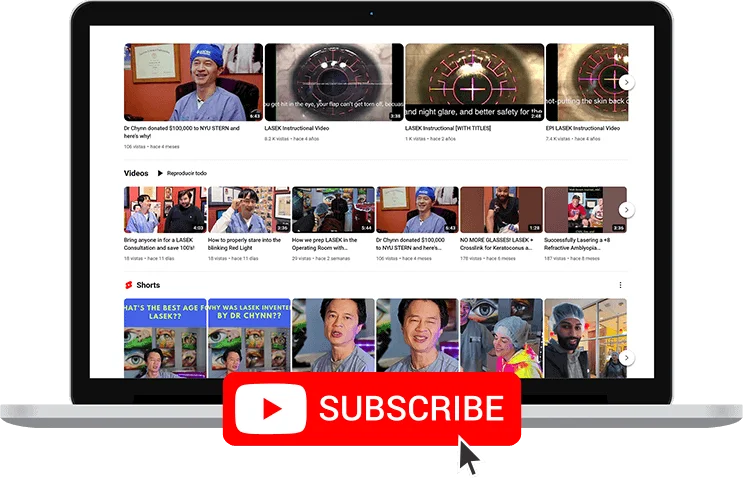
Only Non-Cutting Center

Only Center That Takes Medical Insurance

Only Surgeon to Laser Himself
Park Avenue LASEK
LASEK & LASIK Eye
Surgery NYC

If you are seeking a place to undergo LASEK & LASIK Eye Surgery in NYC, Park Avenue LASEK is your top laser vision correction center. Unlike LASIK, LASEK is a non-invasive surgery that does not involve cutting into the delicate layers of your eyes.
As a result, you do not put your eyes at risk of the flap complications that have always been associated with LASIK, the older form of surgical vision correction. Read on to take a good look at why we are your best choice for LASEK. Other Centers claim they are the safest – only one center can be the safest – and that center is ours – because we are the ONLY center that will NOT CUT YOUR CORNEA to fix your prescription!
Dr. Chynn was an undergraduate at Dartmouth College and attended medical school at Columbia University’s College of Physicians & Surgeons (typically ranked the #1 medical school in New York State).
He completed his residency at the world-famous Harvard University’s Massachusetts Eye & Ear Infirmary, where he was on the teaching faculty of Harvard Medical School.
After Harvard, Dr. Chynn could have gone out and performed refractive surgery (like many doctors in NYC who never completed a fellowship). Instead, he chose to spend an additional year completing a full fellowship in Corneal Transplantation & Refractive Surgery at Emory University in Atlanta, under George Waring, MD, who introduced RK and LASIK to the US. Book an appointment here or give us a call at (212) 741-8628
Why Choose Us?


Most Experienced Eye Surgeon In The US


100% Non-Cutting with No Flap Complications
LASEK is the most modern way to perform laser vision correction. Because it’s 100% non-cutting and 100% non-invasive, it’s 10x safer than LASIK. Dr. Chynn is the only surgeon in the world who has LASIK in one eye & LASEK in the other.


Medical & Vision
Insurance Accepted
Park Avenue LASEK is the only LASIK, LASEK, PRK and SMILE provider in NY, NJ, CT or PA who is authorized for all major medical insurance plans including GHI, Oxford, Cigna, BCBS, Emblem, Empire, Medicare, and Oscar (among others), as well as all major vision insurance plans, including VSP and EyeMed.


Get LASEK, LASIK, PRK or SMILE for as low as $99/mo!*
*Your monthly contact and glasses expenses could cover the cost of LASEK.
It might even be FREE for you.

Approved as a Top Doctor by NY Top Docs

Best LASIK Eye Surgeon in New York City - 2023

Best LASIK Eye Surgeon in New York City - 2024


Meet Our World-Class Team
Read The REAL Reviews
For 20/20 Vision
Read The REAL Reviews For 20/20 Vision
Why Patients Choose LASEK & LASIK Eye Surgery NYC

I'm currently one week post opp and am happy with my results so far. The staff was very friendly and efficient on the day of my surgery and made sure I felt relaxed and that all my questions were answered. The procedure was quick and painless. I would definitely recommend Park Avenue Lasek to family and friends!


Really happy with Nana and my experience here. Had high astigmatism and was really concerned about the dry eyes associated with LASIK. Also didn't want the risk associated with the flap.LASEK was newer and a non- cutting version of LASIK without the flap, so was really happy to get the chance to get it done with Dr Chynn, who is one of the best in the field.Really excited to be able to be free of glasses and already able to see clearly quickly post-op!


Got the surgery 8 days ago and my eyes are clearer than ever. Used to be -9.00 and had to rely on contact lenses and glasses every single day. Now life is so much easier. Dr.Chynn is strict and professional, he suggested that I choose LASEK because I have a high prescription,other surgeries weren't suitable for me. Unlike LASIK, LASEK is a non-cutting laser vision correction, making it the safest option. Moreover, the entire team is really nice, informative, and never refused to answer when you have any questions.

Our Videos


Visit And Follow Us On Instagram

Visit And Follow Us On Instagram

Watch our Video Testimonials, Post-op interviews and Procedure Videos.


Get Directions to Park Avenue LASEK
102 E 25th St, New York, NY 10010





